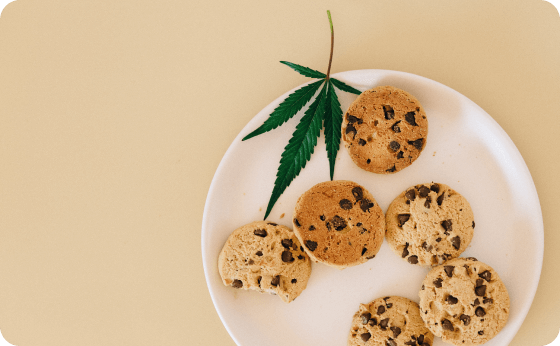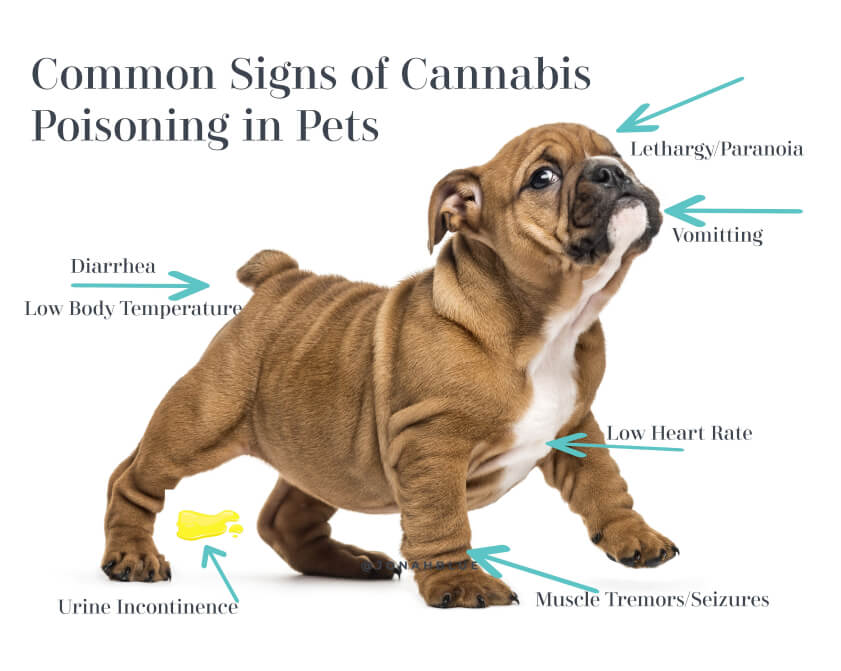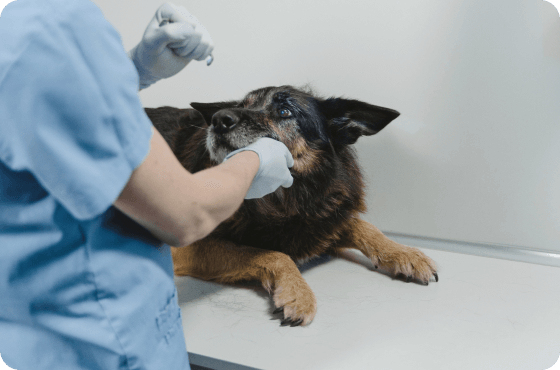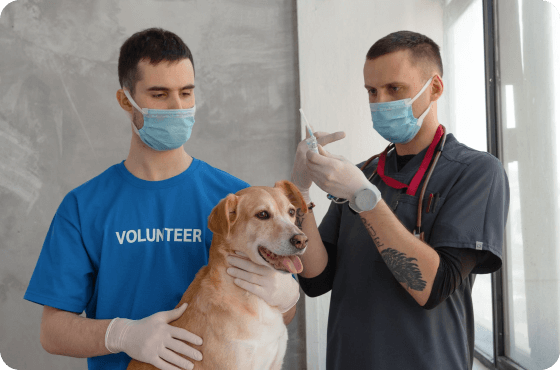Who’s Most at Risk
Dogs, cats, and horses are considered to be the most vulnerable to poisoning by cannabis.
According to Walker Road Animal Hospital “There are over 113 different cannabinoids, the chemical compounds that act on cannabinoid receptors in the cells of humans, dogs, cats and horses,” but it is not intended for consumption by pets.
“When marijuana is inhaled or ingested, the drug binds with specific neuroreceptors in the brain, altering normal neurotransmitter function. This altered neurotransmitter function is what cause various effects ranging from psychoactive symptoms to relief from nausea and an increase in drowsiness.”

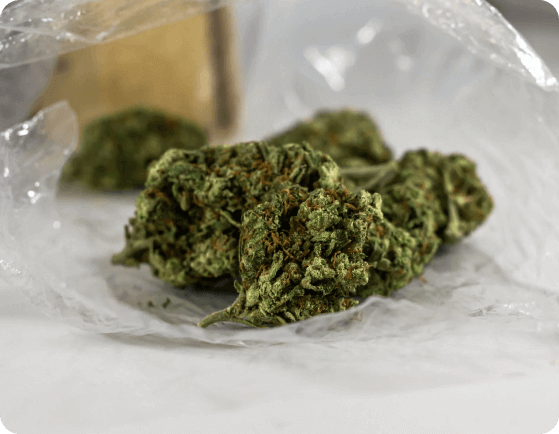

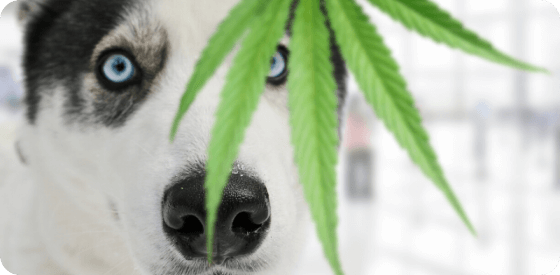
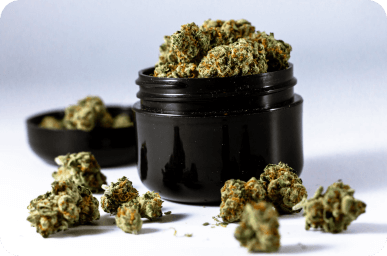

 Justine Lee
Justine Lee